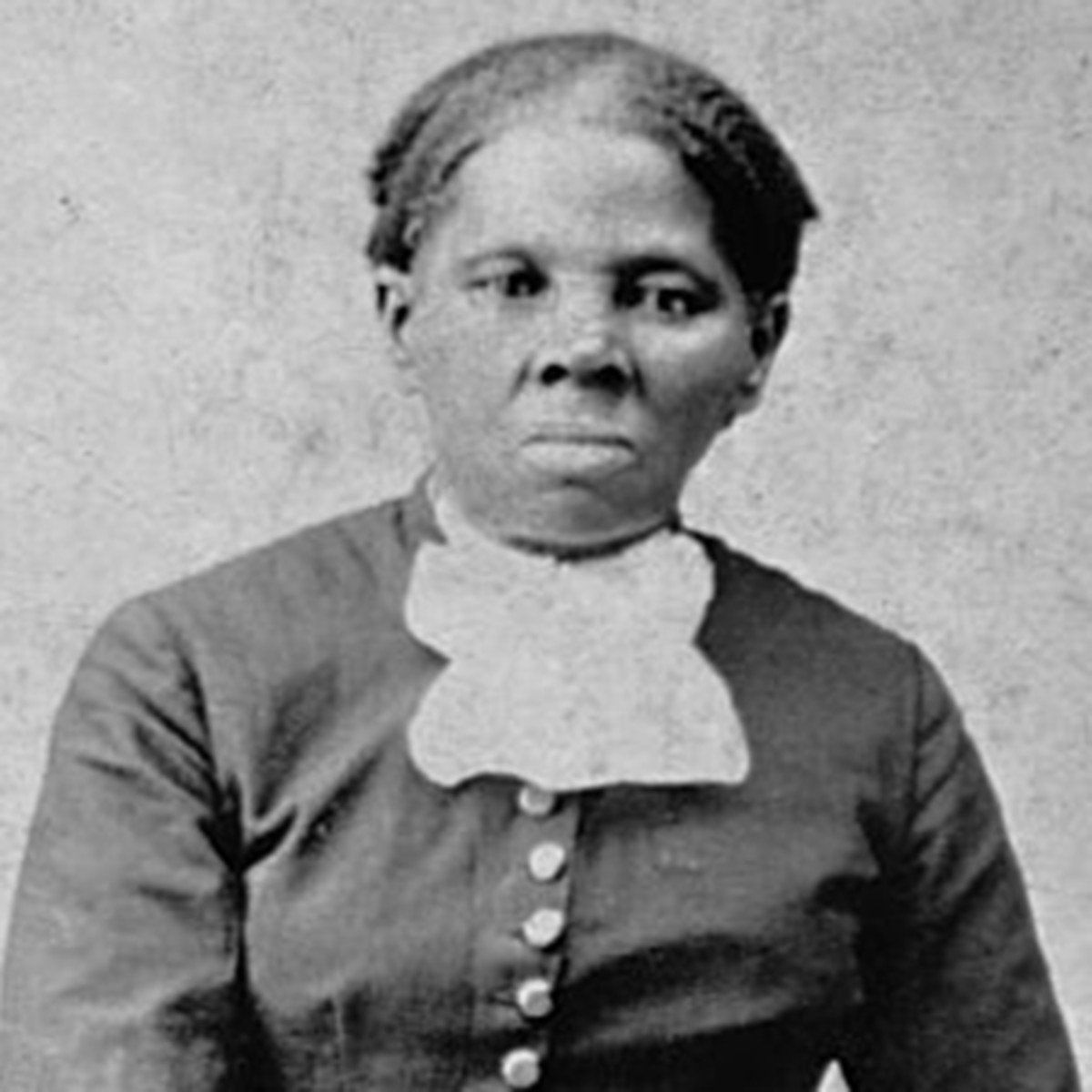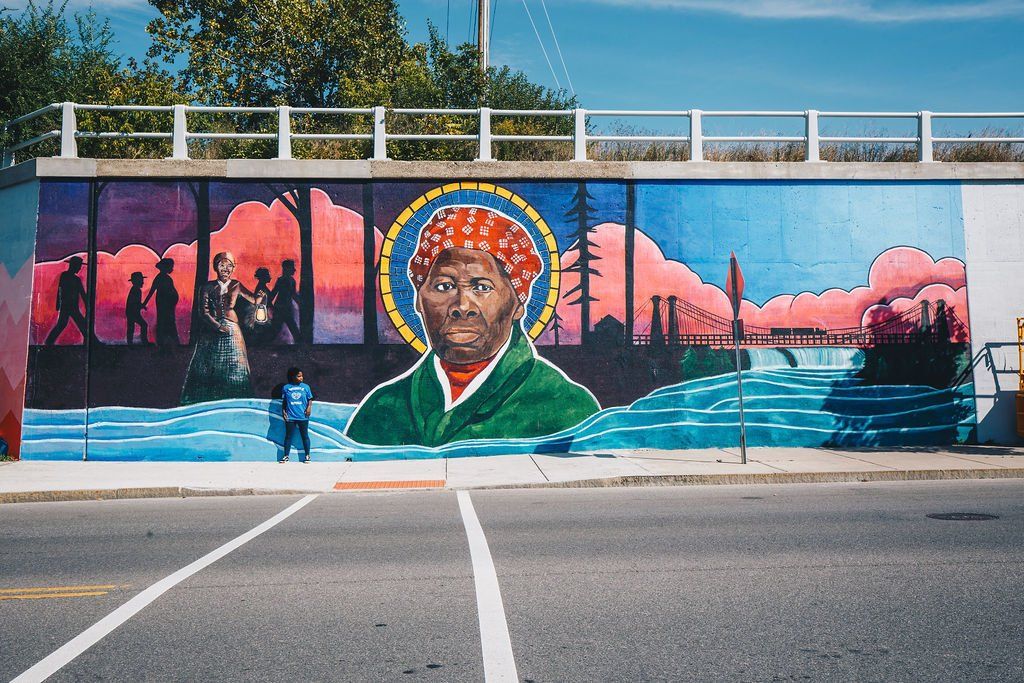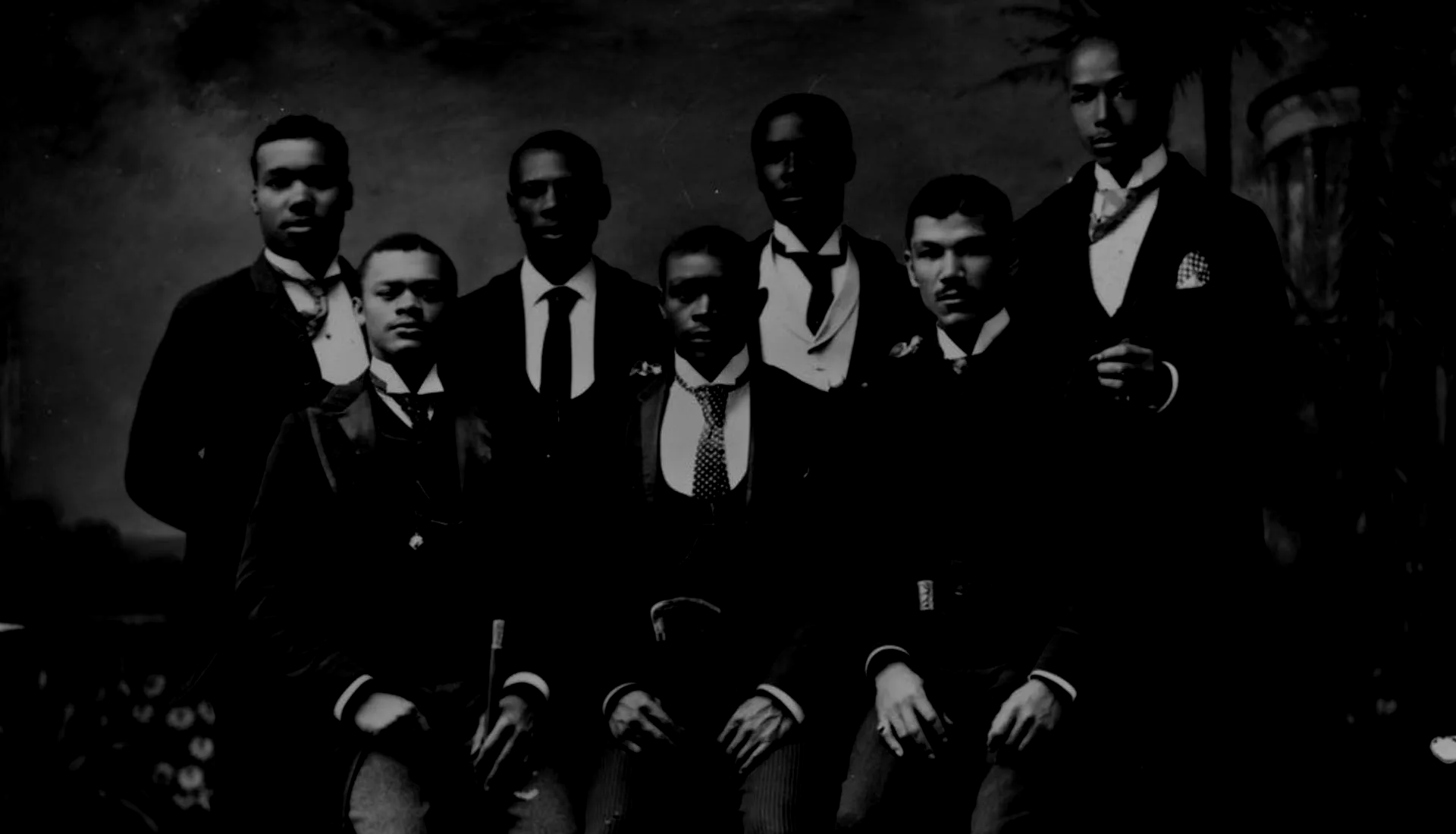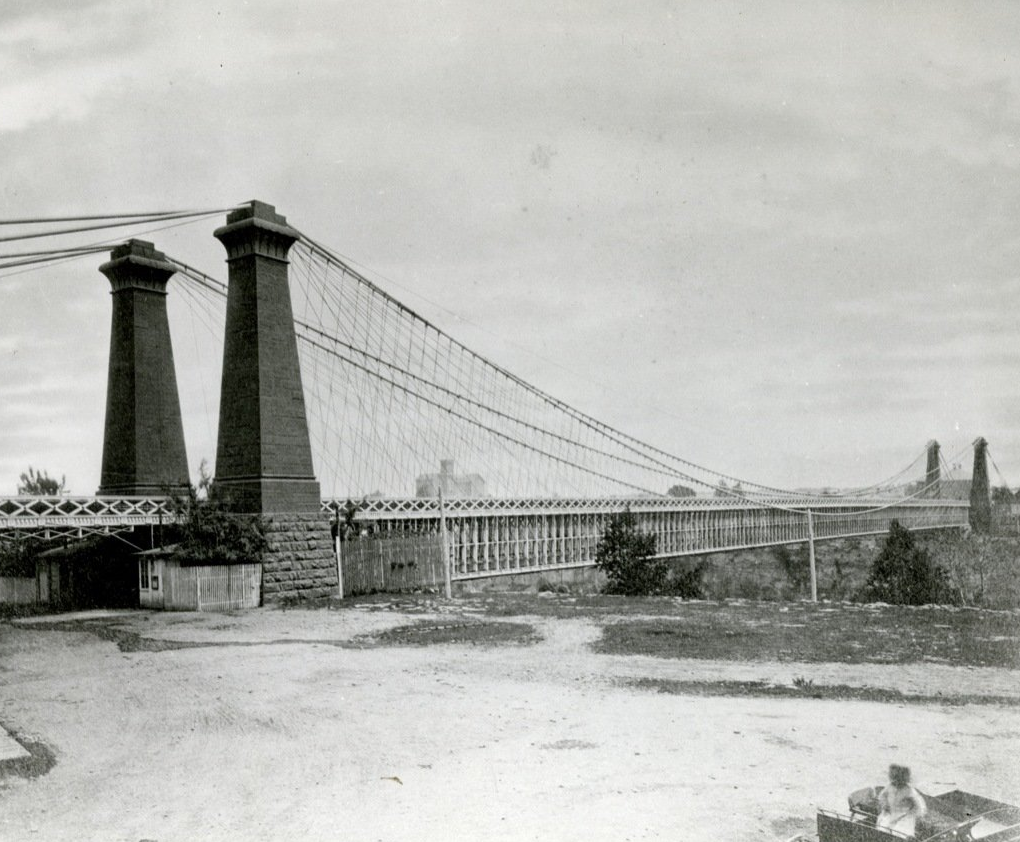Underground Railroad
Underground Railroad
The Niagara River and Gorge was an important crossing point into Canada for fugitives following the Underground Railroad. For the fugitive freedom seekers who passed through the Niagara Frontier, the physical act of crossing the Niagara River represented the final act of courage and determination at the end of a long, arduous journey.

Slide title
Write your caption hereButton
Slide title
Write your caption hereButton
Slide title
Write your caption hereButton
Slide title
Write your caption hereButton
Slide title
Write your caption hereButton
Slide title
Write your caption hereButton
Power, Struggle, and Freedom
The Niagara Frontier was contested ground in the struggle between established economic and political interests that supported the institution of American slavery, and the enslaved people, fugitives, freedom seekers, and abolitionists who opposed that institution. The Underground Railroad serves as an inspirational moral tale about the brilliant, organized, deliberate, and peaceful resistance to power that allowed the unlikely alliance of the enslaved and free opponents of slavery to undermine and eventually overturn the powerful, embedded institution of American slavery.
Destination: Niagara Falls
The Niagara Frontier was the ultimate destination for many fugitive enslaved peoples and represented the end of their perilous journey to freedom. Many of those individuals remained in, or returned to, Niagara Falls and helped to shape the physical, economic, and social landscape of the City.
The Past is Always Present
Niagara Falls’ past includes the fierce struggle between freedom and slavery in the mid nineteenth century, the resolve of fugitives to gain their freedom, and the proud dignity of the settlers and residents who helped to shape the present form and character of the City. That past has relevance to the contemporary experience of Niagara Falls, including its physical imprint on the urban landscape and the community’s collective memory.
“When I found I had crossed that line I looked at my hands to see if I was the same person. There was such a glory over everything…and I felt as if I was in Heaven.”
– Harriet Tubman

